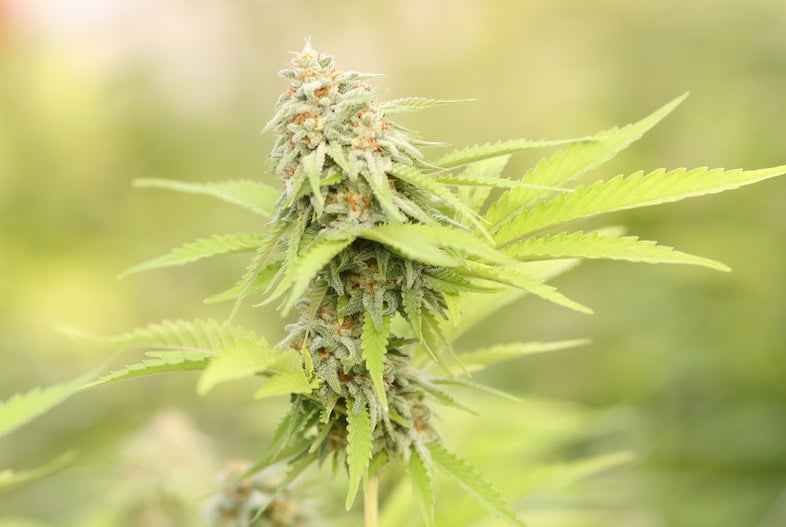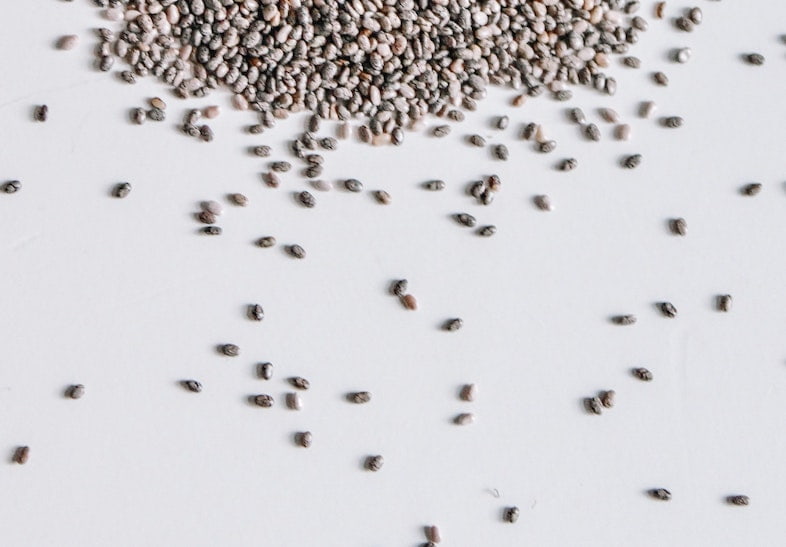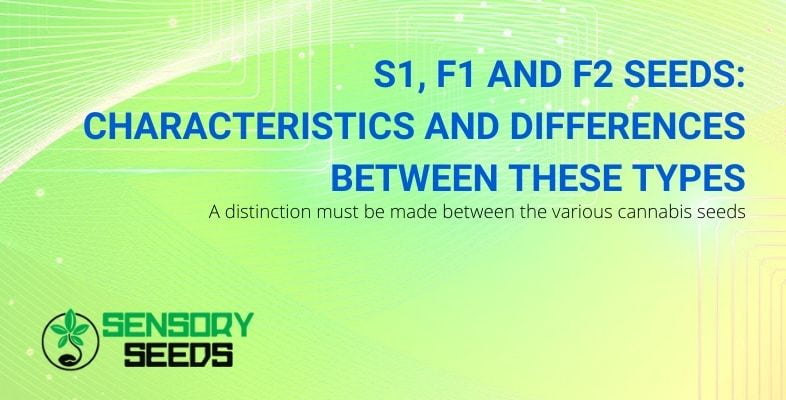Modified on: 20/09/2022
A distinction must be made between the various cannabis seeds
The world of hemp, a plant famous for its many resources and the demonisation it has long been exposed to, fascinates millions of people worldwide. Likewise, its many uses and properties attract the attention of many enthusiasts, which is also why – in our blog – we at Sensoryseeds try to spread helpful information and trivia about everything cannabis-related.
Among the aspects that many hemp fans want to know about is that concerning certain types of seeds. This article will discuss three types of seeds around which there is often much confusion. 

S1 seeds: what they are and how they are obtained
A cannabis enthusiast might be curious about this plant and learn about its characteristics. However, many hemp fans are unaware of several aspects related to cannabis seeds. To look at them superficially, the seeds might all look the same, but the truth is that plants can produce various types.
In addition, each seed has its genetic properties that can be traced back to the plant from which it comes. S1 seeds, for example, are exceptionally famous because they have one particularity: they originate through self-fertilisation. So how does such a process take place?
Well, it is human intervention that makes it possible. To produce S1 seeds, it is necessary to take a cutting from a female mother plant and transform it into a male plant. This happens following an event that causes significant stress to the plant, such as the application of silver thiosulphate.
This treatment causes the plant to undergo reversion within a few weeks. After this transformation, the pollen produced by the clone plant is used to fertilise the original plant. In practice, the seeds that will be born from the latter will result from the union of two identical genetics.
Read also: The best pruning techniques for cannabis: what farmers do to increase yields
What is an F1 hybrid seed?
Marijuana seeds come into existence due to the pollination of a female plant by a male plant. Usually, this occurs naturally, and the seeds’ genetics may vary depending on the plants’ lineage. For example, a cross between two first-generation plants gives rise to F1 seeds; these seeds can be hybrids when the plants that gave rise to them are of different strains (e.g. indica and Sativa).
Thus, a seed to be labelled ‘F1’ must be the result of a cross between two first-generation parental strains. The advantage obtained from these seeds is the so-called hybrid vigour, i.e. a condition of strength and resistance due to the assimilation of the best properties of both plants from which they originate.
Consequently, these seeds should generate more robust and resistant plants; moreover, their production of buds and inflorescences may be better in quantity and quality. Of course, the emergence of F1 seeds can also occur at the growers’ will through controlled pollination. 

How an F2 seed is born
If you have fully understood what is meant by F1 seed, likely, you have already guessed what type of seed we are referring to when we speak of F2 seed. This term indicates the second generation of seeds, i.e. those produced by two plants generated from F1 seeds.
It is like the second degree of branching in a family tree. Naturally, F2s lose some of the hybrid vigours that characterise F1s in that they absorb only 50% of the properties of the mother or father plant. The remaining 50% of their genetic composition takes on intermediate characteristics. F1s, on the other hand, resemble the ‘parents’ like drops of water.
However, growers choose seeds according to their needs. Since seed characteristics affect several factors, there is nothing strange in the fact that some prefer one type over another (a bit like choosing feminised seeds, autoflowering seeds or fast-flowering seeds). However, with F1 seeds, the chances of seeing first-generation-like plants emerge are significantly higher.
Read also: Grow box ventilation: why air recirculation is vital.
In conclusion
In this article, we have tried to explain to you in a simple way (without going into too much technical detail) what these three seed types are distinguished by and how they differ. In the big world of cannabis, however, there are also different seeds and other ways to categorise them.
In any case, never forget that in the UK, except for those with specific authorisations, hemp cultivation is illegal, and the seeds you find for sale on Sensoryseeds.com are only sold for collectors’ purposes.
Visit us to discover the wide range of collectable hemp seeds in our online shop! Choose from our wide range of quality weed seeds to complete your collection: feminized seeds, auto flower seeds, fast growing weed seeds, there is something for every taste!
We look forward to seeing you on Sensoryseeds.com!









